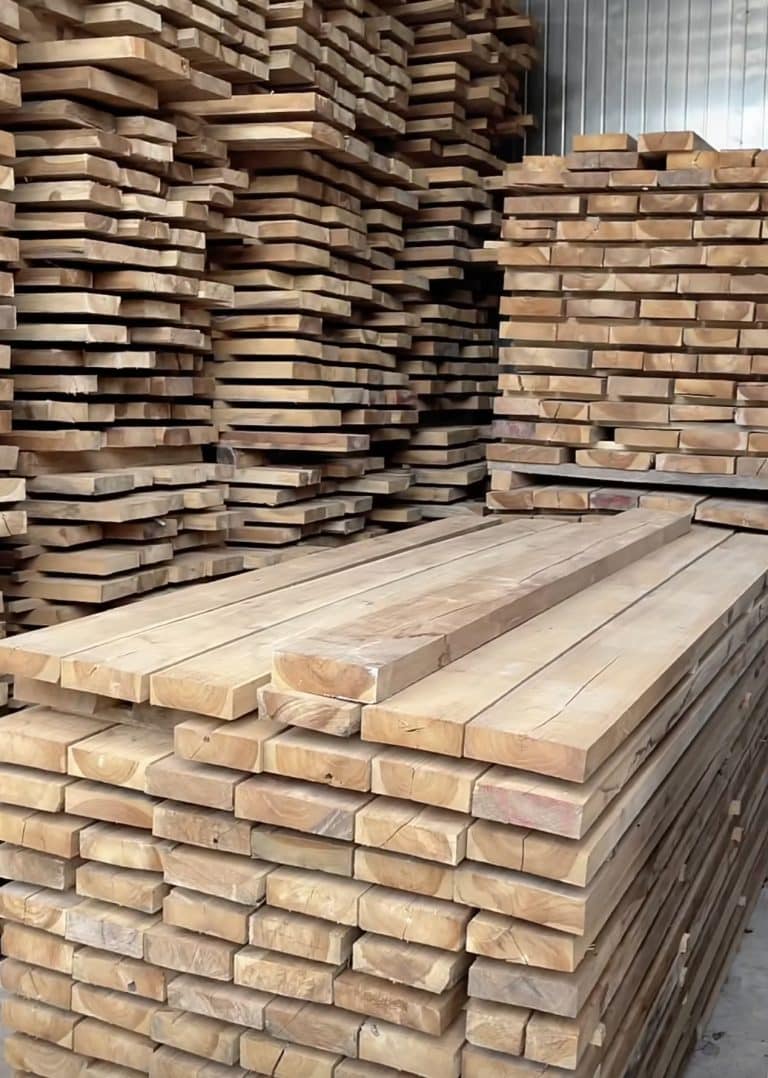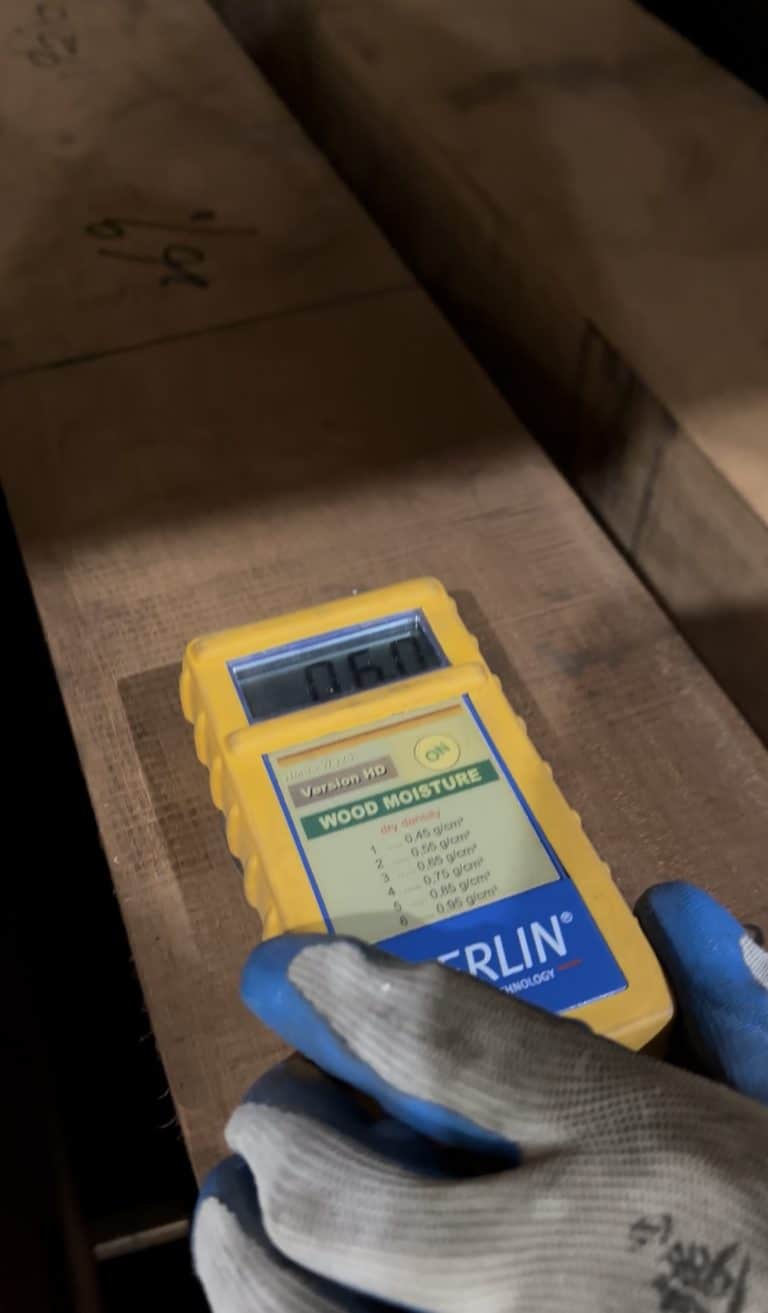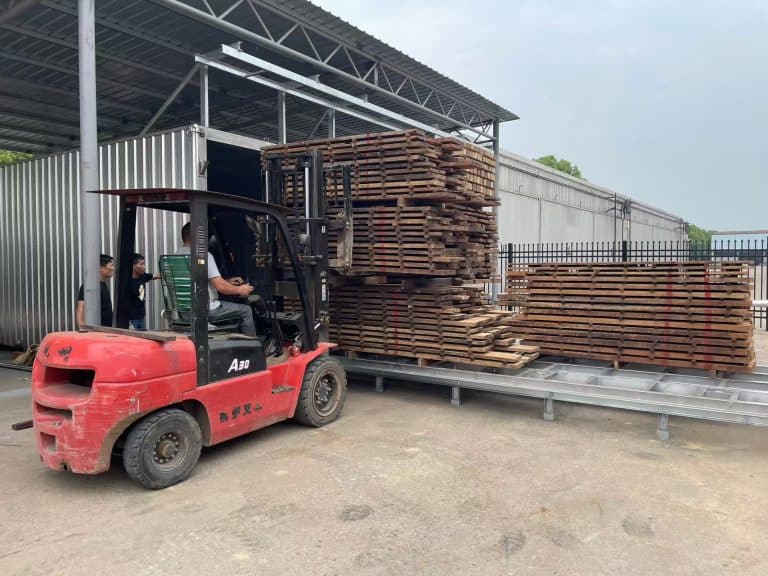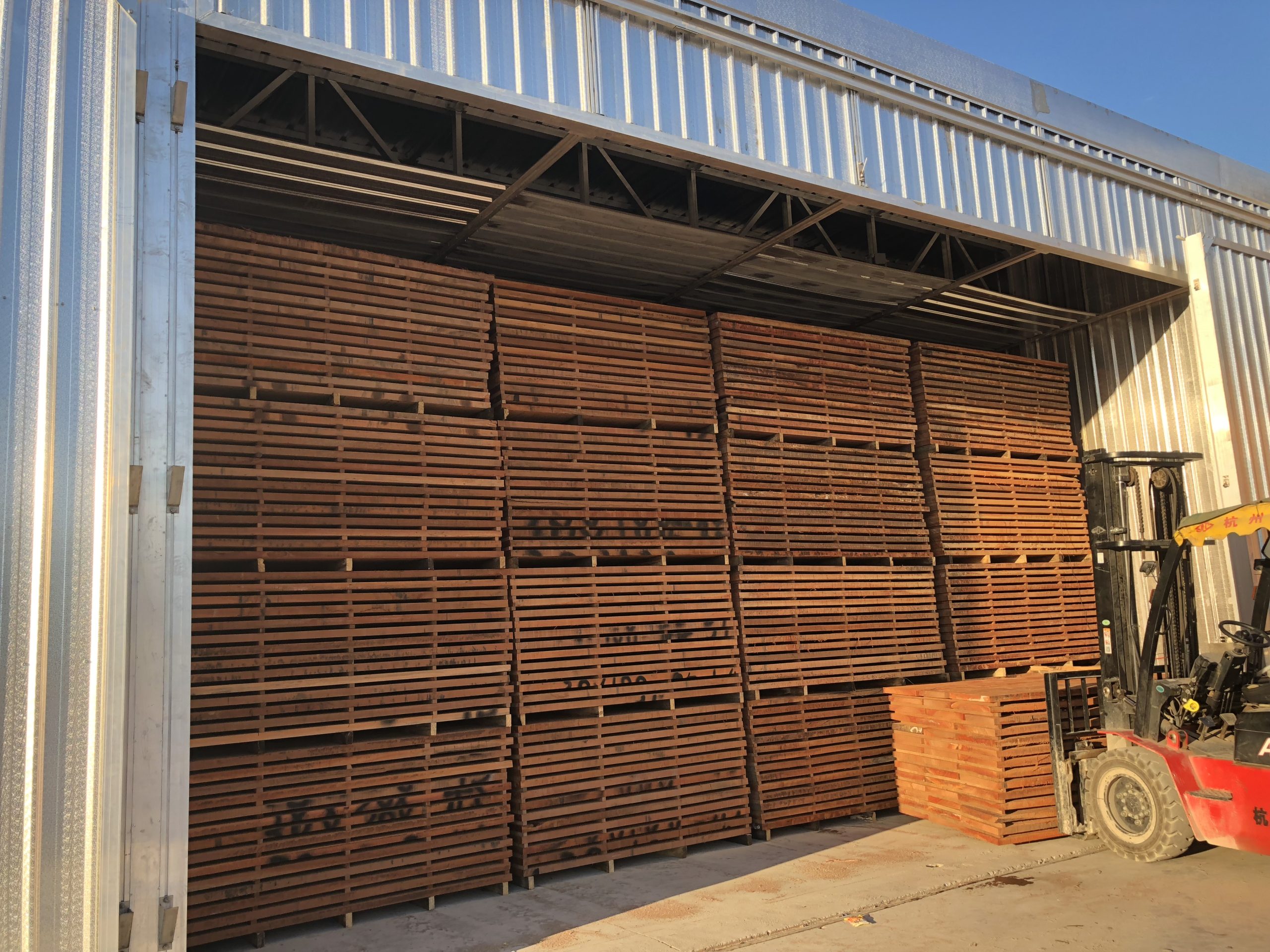
Stop Wood Cracking & Warping Now: 5 Expert Strategies for Perfect Wood Drying Results
5 Expert Wood Drying Strategies to Stop Wood Cracking & Wraping 1. Pre-Drying Conditioning for High-Moisture Wood For green wood or logs with extremely high initial moisture content, consider?pre-drying conditioning?before kiln drying: Air-Dry First: Stack wood in a well-ventilated, shaded area for 2–4 weeks to allow natural moisture evaporation (reducing initial moisture content by 10–15% […]
This post Stop Wood Cracking & Warping Now: 5 Expert Strategies for Perfect Wood Drying Results first appeared on TECH Drying Kiln and is written by shujin9213@gmail.com
]]>
Stop Wood Cracking & Warping Now: 5 Expert Strategies for Perfect Wood Drying Results
This post Stop Wood Cracking & Warping Now: 5 Expert Strategies for Perfect Wood Drying Results first appeared on TECH Drying Kiln and is written by shujin9213@gmail.com
]]>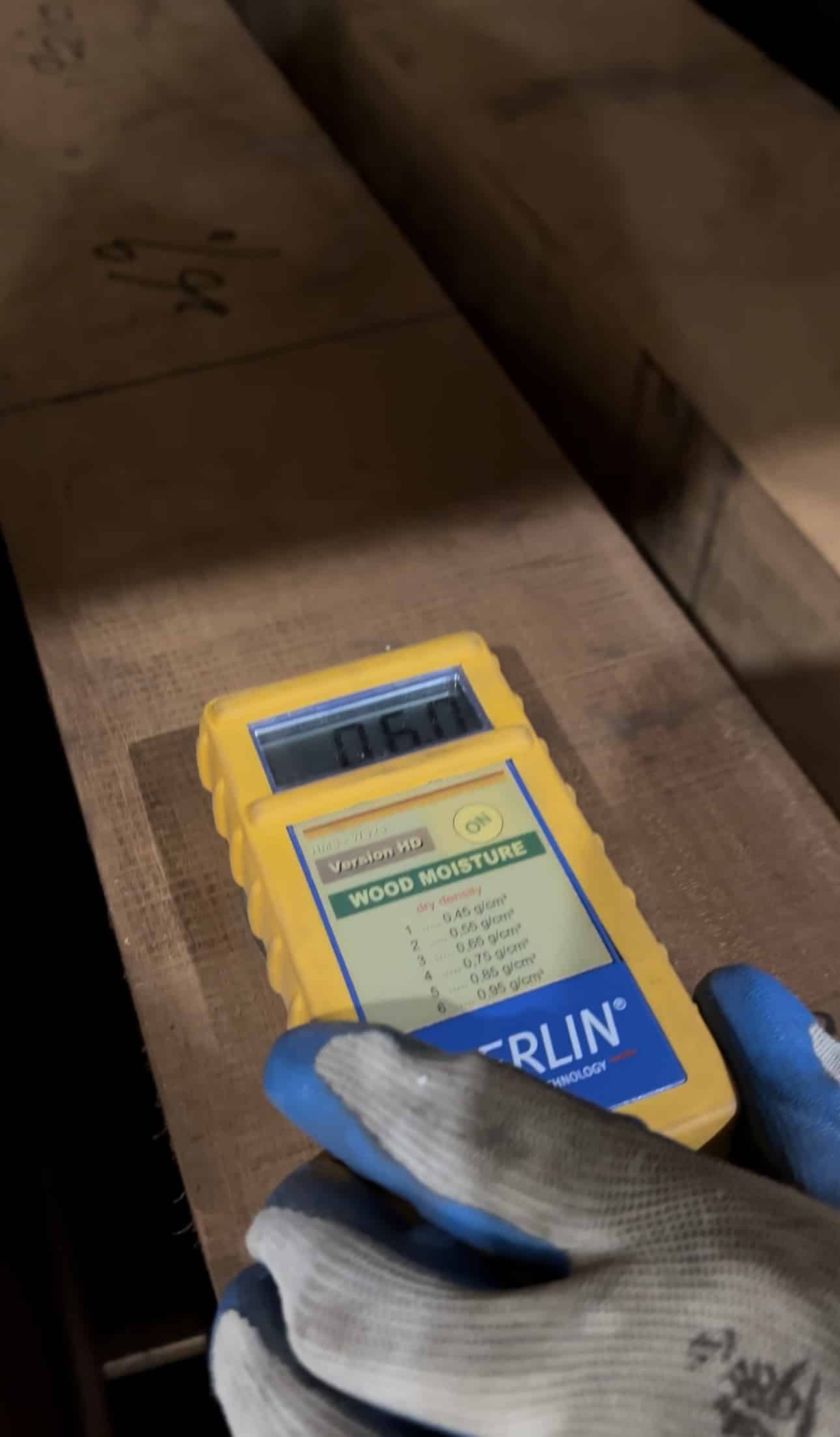
How to Measure and Control Wood Moisture Content: Step-by-Step Handbook for Woodworkers
Wood Moisture Content Definition and Formulas 1. Definition Wood moisture content (WMC) is defined as the percentage of water weight in wood relative to its weight when completely dry (oven-dry weight). It is a critical indicator of the wood’s wetness or dryness. 2. Formulas Absolute Moisture Content (W, widely used):W=Ggo?Gs??Ggo??×100% Gs?: Weight of wet wood […]
This post How to Measure and Control Wood Moisture Content: Step-by-Step Handbook for Woodworkers first appeared on TECH Drying Kiln and is written by shujin9213@gmail.com
]]>
How to Measure and Control Wood Moisture Content: Step-by-Step Handbook for Woodworkers
This post How to Measure and Control Wood Moisture Content: Step-by-Step Handbook for Woodworkers first appeared on TECH Drying Kiln and is written by shujin9213@gmail.com
]]>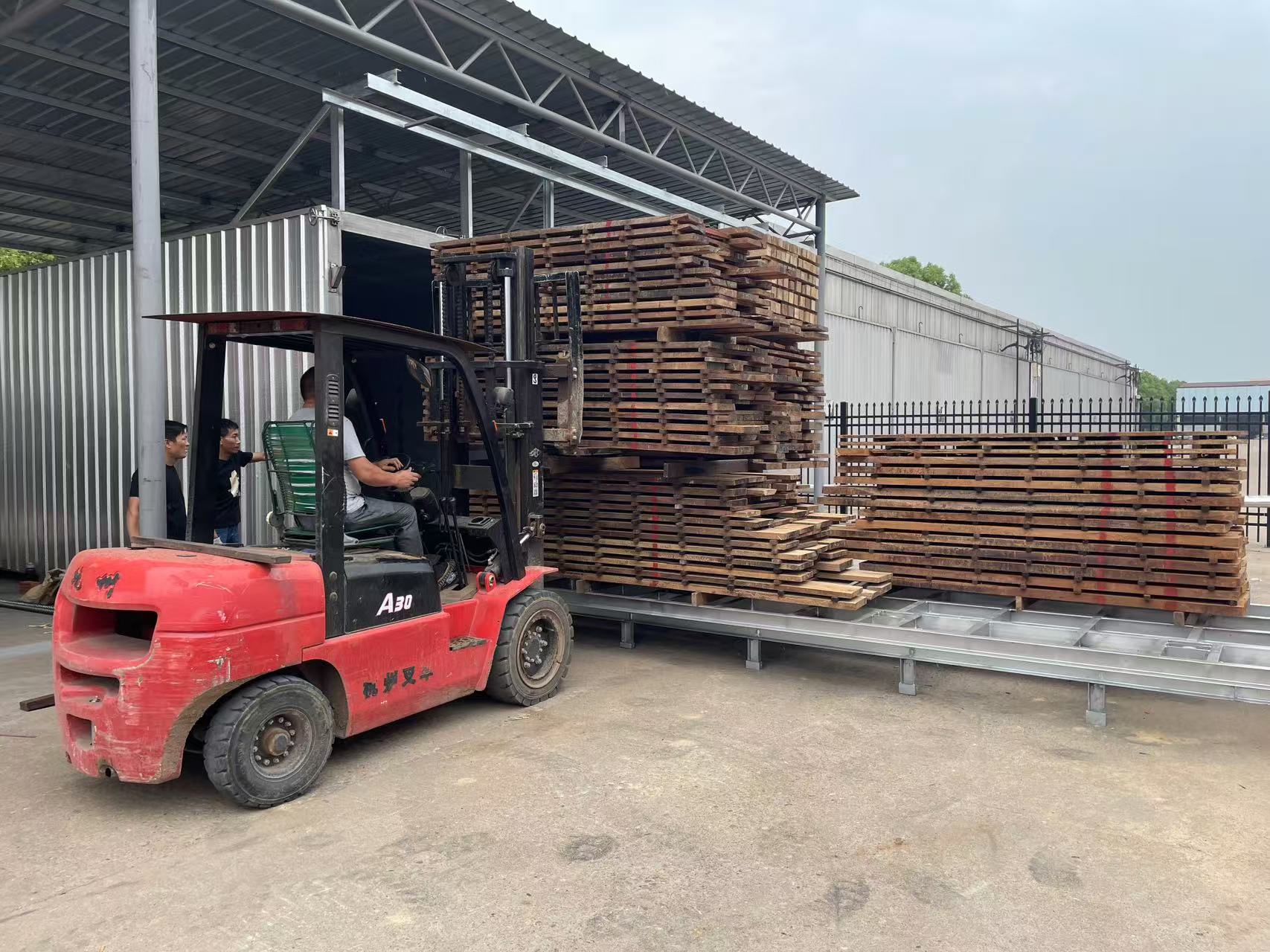
What is Kiln Drying? The Science Behind Lumber & Timber Drying
What Is Kiln Drying? Kiln drying is a precision-controlled process that uses heated chambers (kilns) to reduce moisture content in wood, transforming raw lumber or timber into stable, workable material. Unlike slow air drying, kiln drying accelerates moisture evaporation—typically achieving target levels of?6–12% moisture content (MC)?in?a few weeks or even a few days, while minimizing […]
This post What is Kiln Drying? The Science Behind Lumber & Timber Drying first appeared on TECH Drying Kiln and is written by shujin9213@gmail.com
]]>
What is Kiln Drying? The Science Behind Lumber & Timber Drying
This post What is Kiln Drying? The Science Behind Lumber & Timber Drying first appeared on TECH Drying Kiln and is written by shujin9213@gmail.com
]]>
